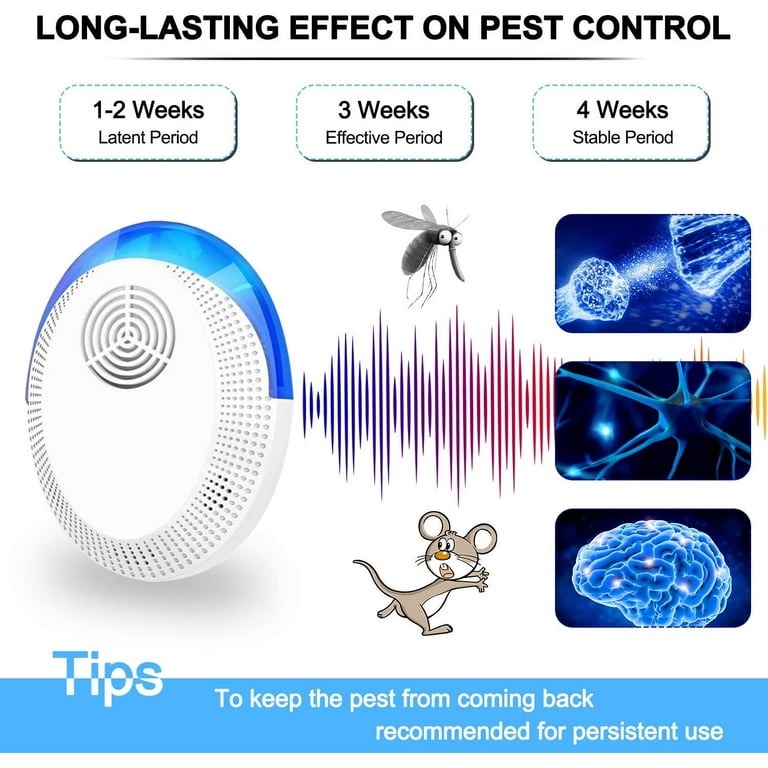Eco Bed Bug Exterminators Dc for Dummies
Table of ContentsIndicators on Eco Bed Bug Exterminators Dc You Need To KnowThe Only Guide for Eco Bed Bug Exterminators DcFascination About Eco Bed Bug Exterminators DcSome Known Facts About Eco Bed Bug Exterminators Dc.6 Simple Techniques For Eco Bed Bug Exterminators Dc
Since pesticides are hazardous, they are additionally possibly hazardous to humans, animals, other organisms, and the atmosphere. As a result, people that utilize chemicals or regularly been available in contact with them have to understand the loved one toxicity, possible health and wellness impacts, and preventative steps to decrease direct exposure to the products they utilize. Threat, or risk, of using pesticides is the possibility for injury, or the degree of danger included in utilizing a chemical under an offered collection of conditions.
Applicators can minimize or nearly get rid of exposure-- and thus minimize risk-- by adhering to the label directions, utilizing individual protective apparel and tools (PPE), and handling the chemical correctly. For instance, greater than 95 percent of all chemical exposures come from facial direct exposure, mainly to the hands and forearms. By wearing a pair of unlined, chemical-resistant handwear covers, this sort of direct exposure can be nearly eliminated.
The harmful impacts that happen from a solitary direct exposure by any kind of path of access are described "acute effects." The four courses of exposure are dermal (skin), inhalation (lungs), dental (mouth), and the eyes. Intense poisoning is identified by taking a look at the dermal poisoning, breathing toxicity, and oral poisoning of guinea pig.
What Does Eco Bed Bug Exterminators Dc Mean?
Acute poisoning is gauged as the amount or concentration of a toxicant-- the a.i.-- called for to kill half of the animals in a test population. This measure is normally revealed as the LD50 (dangerous dosage 50) or the LC50 (dangerous focus 50). Additionally, the LD50 and LC50 values are based on a solitary dosage and are tape-recorded in milligrams of pesticide per kg of body weight (mg/kg) of the guinea pig or partially per million (ppm).
The reduced the LD50 or LC50 value of a pesticide product, the greater its poisoning to human beings and pets. Chemicals with a high LD50 are the least toxic to people if used according to the directions on the product tag. The chronic poisoning of a chemical is figured out by subjecting guinea pig to long-term direct exposure to the energetic ingredient.
The chronic toxicity of a chemical is more challenging than acute poisoning to establish with laboratory analysis. Products are categorized on the basis of their relative severe toxicity (their LD50 or LC50 values). Pesticides that are categorized as extremely poisonous (Poisoning Group I) on the basis of either dental, dermal, or inhalation poisoning have to have the signal words risk and POISON published in red with a skull and crossbones sign prominently displayed on the front panel of the bundle tag.
The acute (single dose) dental LD50 for chemical items in this group varies from a trace amount to 50 mg/kg. Exposure of a few drops of a product taken by mouth might be fatal to a 150-pound person. https://peatix.com/user/21474436/view. Some chemical products have simply the signal word risk, which tells you absolutely nothing about the web severe toxicity, simply that the product can trigger extreme eye damages or serious skin inflammation
More About Eco Bed Bug Exterminators Dc
In this category, the acute dental LD50 ranges from 50 to 500 mg/kg. A tsp to an ounce of this material could be fatal to a 150-pound individual (exterminator DC). Pesticide products identified as either somewhat harmful or relatively safe (Poisoning Classifications III and IV) are called for to have the signal word care on the chemical label

All pesticide toxicity worths, including the LD50, can be discovered on the item's Material Safety and security Data Sheet (MSDS) - bed bug exterminator. Chemical tags and MSDS can be acquired from stores or produces. On top of that, a lot of items additionally have details that can be discovered on the Web. The signs of chemical poisoning can vary from a mild skin inflammation to coma and even death.
Individuals likewise differ in their sensitivity to different levels of these chemicals. Some people may show no response to an exposure that might cause extreme health problem in others (how to get rid of bed bugs). Due to the fact that of possible health problems, pesticide individuals and trainers should acknowledge the usual symptoms and signs of pesticide poisoning. The results, or symptoms, of pesticide poisoning can be extensively specified as either topical or systemic.
Our Eco Bed Bug Exterminators Dc PDFs
Dermatitis, or inflammation of the skin, is accepted as the most generally reported topical effect linked with pesticide direct exposure. Signs and symptoms of dermatitis array from reddening of the skin to breakouts and/or blisters. Some people have a tendency to cough, wheeze, or sneeze when exposed to pesticide sprays. Some people respond to the solid smell and bothersome effects of petroleum extracts made use of as service providers in chemical products.
This signs and symptom generally subsides within a few minutes after an individual is removed from the direct exposure to the irritant. A response to a chemical product that creates somebody not just to sneeze and cough however also to establish extreme acute respiratory system symptoms is a lot more likely to be a true hypersensitivity or sensitive reaction.
Systemic results are fairly various from topical effects. They usually take place far from the initial point of get in touch with as a result of the chemical being taken in right into and distributed throughout the body. Systemic effects commonly include nausea, vomiting, fatigue, headache, and digestive tract disorders. In advanced poisoning situations, the individual may experience modifications in heart price, trouble breathing, convulsions, and coma, which could result in death.